In an innovative stride toward blending technology with agriculture, the German Federal Minister Dr. Volker Wissing has announced eased restrictions on drone usage in agricultural sectors. This move is set to revolutionize how farmers utilize drones, particularly highlighting their role in protecting young fawns during mowing seasons. The decision aligns with a broader commitment to making farming operations more efficient while safeguarding Wildlife.
A Win-Win for Agriculture and Wildlife
Drones have become increasingly popular in agriculture for their versatility and efficiency. They offer a bird’s eye view that’s invaluable for various tasks, from crop monitoring to the targeted application of pesticides. One of their most heartwarming uses, however, lies in the rescue of fawns. These young deer have a natural instinct to hide in tall grasses when threatened, making them vulnerable to accidents during mowing operations. Such incidents not only result in the tragic loss of wildlife but also pose significant emotional and financial burdens on farmers.
The crux of the problem until now has been the restrictive European regulations that limited drone operations. Drones equipped with cameras were required to maintain a 150-meter distance from residential and commercial zones, a rule that significantly hampered their use in Germany’s densely populated landscapes.
Breaking New Ground
The new directive issued by Wissing introduces more pragmatic regulations, allowing drones to operate closer to buildings and populated areas if they fly at lower altitudes. This “1:1 rule” effectively reduces the required distance to as little as 10 meters, dramatically expanding the operational area for drones. According to Wissing, this change is a testament to the government’s pledge to streamline farming practices and remove unnecessary hurdles for farmers.
“We promised farmers that we would make their lives easier and examine unnecessary requirements. I keep my word and have therefore ordered more practical rules for the use of drones in agriculture,” Wissing stated. He emphasized the dual benefits of this regulation, underscoring its potential to save animal lives and aid farmers simultaneously.
The Bigger Picture
The amendment is immediately applicable, perfectly timed for the upcoming spring mowing season. It signifies a critical step forward in leveraging technology for agricultural and environmental benefits. The Ministry of Digital and Transport (BMDV) and the Federal Aviation Office have been tasked with implementing these changes, promising further advancements in drone usage for agricultural purposes. This includes innovative applications like spreading beneficial insects for pest control, highlighting a forward-thinking approach to farming and wildlife conservation.
The initiative has been broadly welcomed by the farming community and environmentalists alike, heralding a new era of technological integration into traditional farming practices. By reducing bureaucratic red tape and embracing modern solutions, Germany sets an example of how policy adjustments can make significant impacts on both the economy and ecology.
The new drone regulations in Germany mark a pivotal moment in agricultural technology, offering a lifeline to vulnerable wildlife while simplifying the lives of farmers. This policy not only demonstrates a commitment to innovation and environmental stewardship but also paves the way for future advancements in the intersection of technology and agriculture. As the spring season approaches, the skies over Germany’s farmlands will witness drones becoming guardians of the meadows, ensuring the safety of fawns and the prosperity of agriculture.
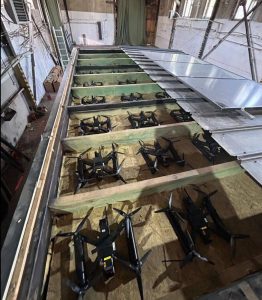

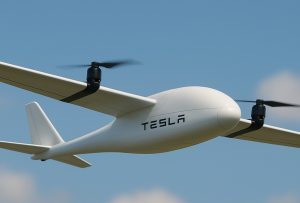


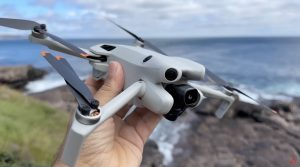

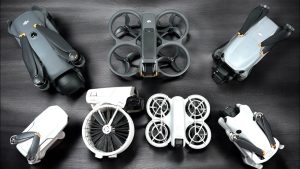
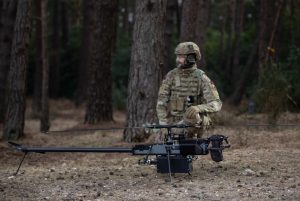


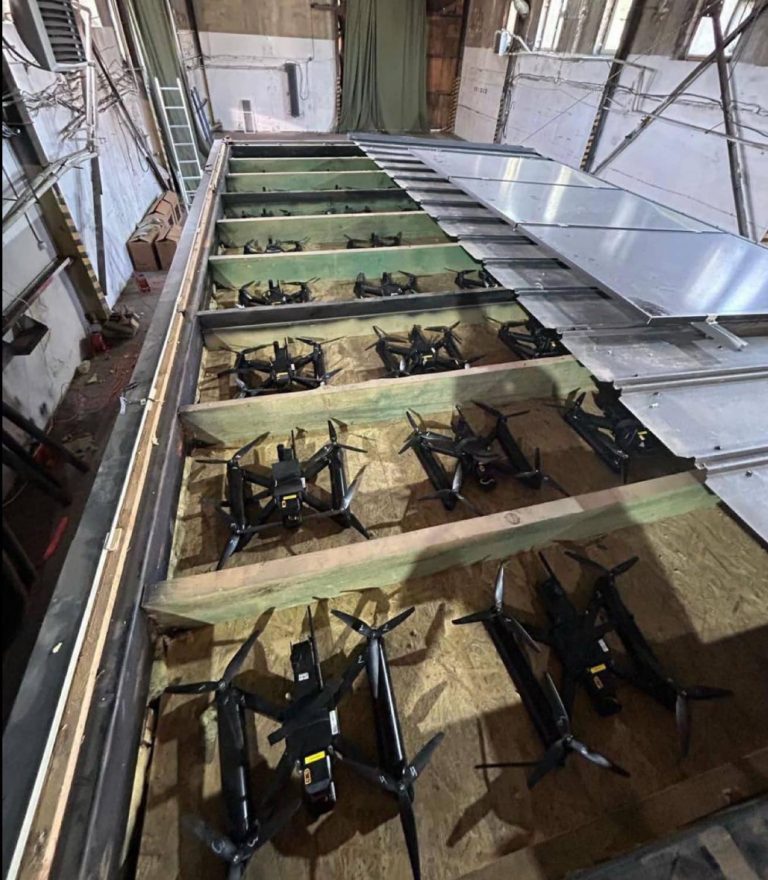

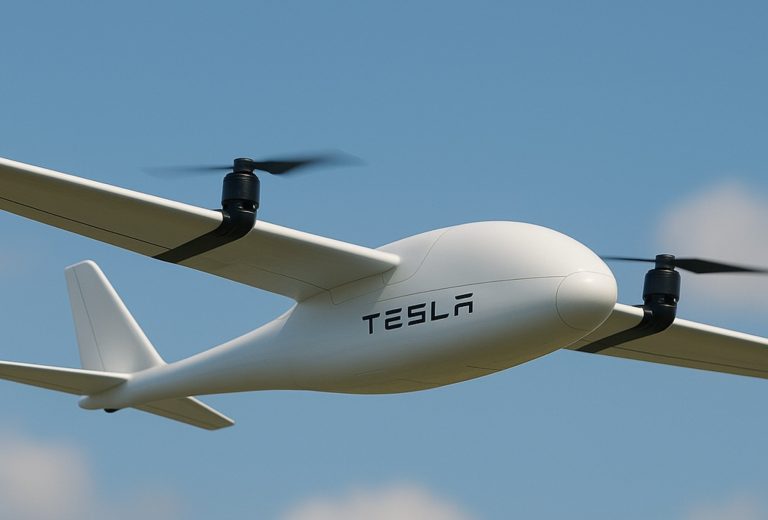
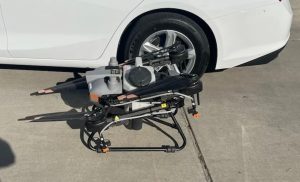
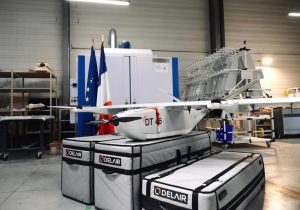

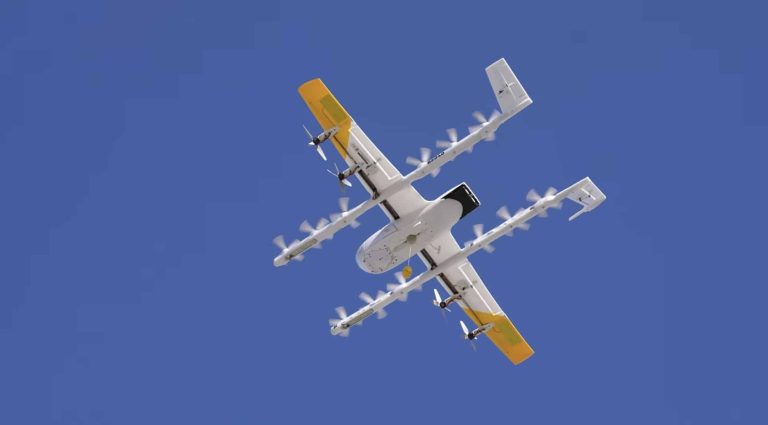
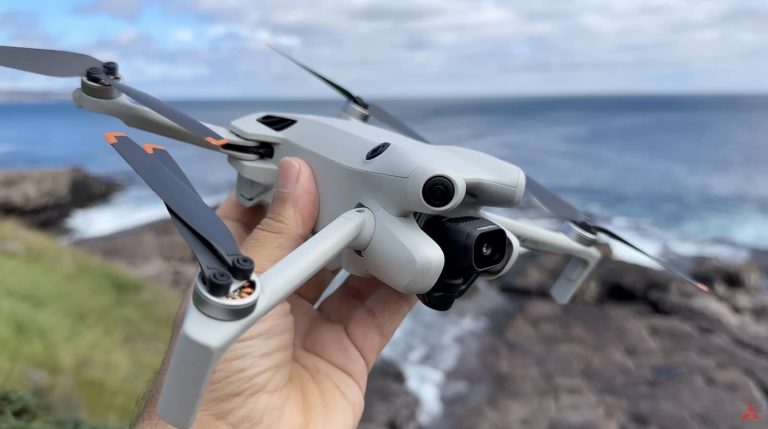
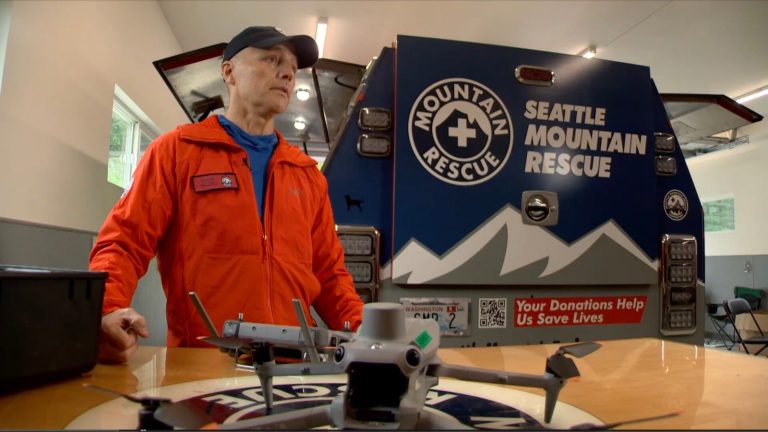
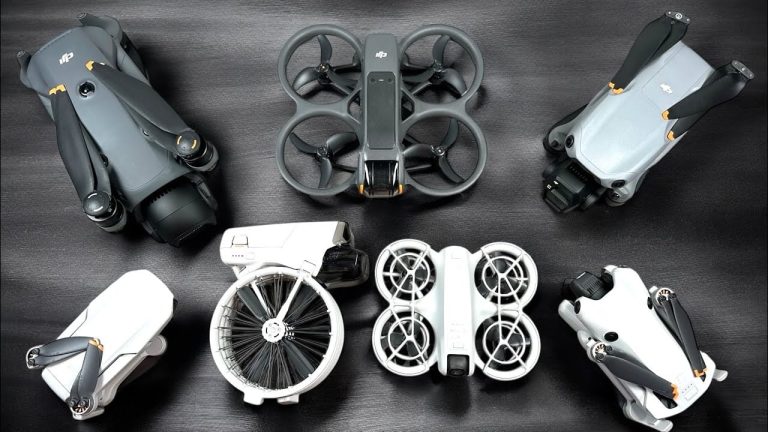
+ There are no comments
Add yours